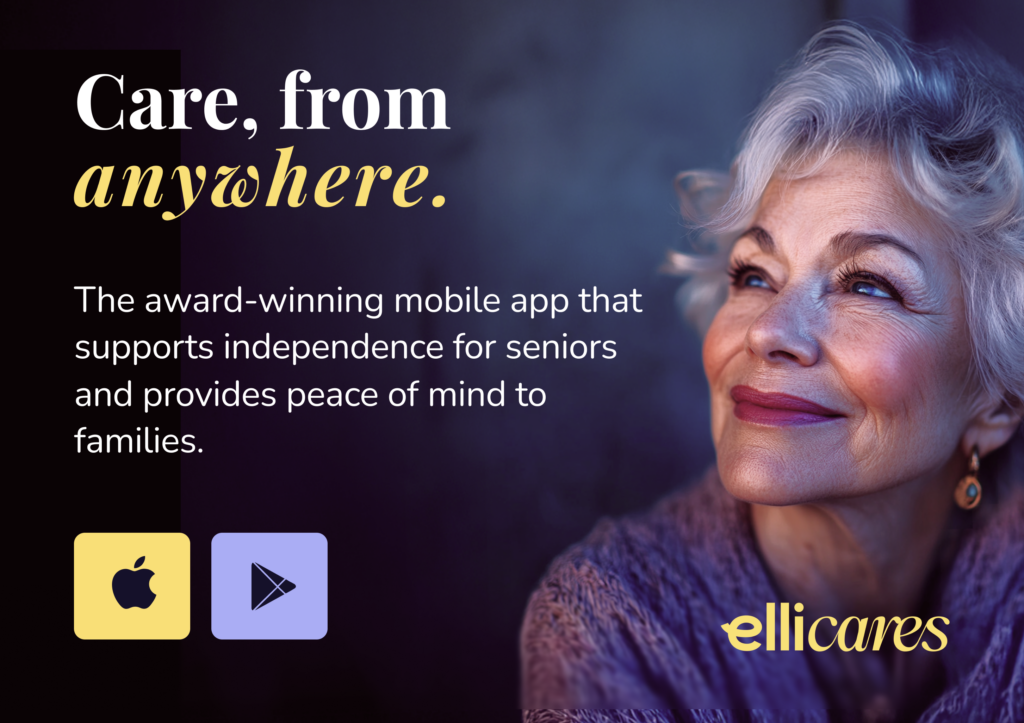Loneliness and isolation can take a serious toll on the mental and physical health of older adults. In fact, prolonged isolation has been shown to increase the risk of cognitive decline, depression, and even mortality. But here’s the good news: technology offers a lifeline - not just to information and care, but to each other.
With a little guidance and the right tools, seniors can harness today’s technology to stay socially connected, supported, and engaged - no matter where they live.
Here’s how.
1. Video Calling Apps That Make Conversations Face-to-Face
Nothing beats seeing a loved one’s smile - even through a screen. Video calls bridge distances and are especially valuable for seniors whose families live far away.
Easy-to-use platforms include:
- FaceTime (for iPhone/iPad users)
- Zoom – ideal for group chats and virtual family gatherings
- WhatsApp – offers voice and video calls with end-to-end encryption
- Facebook Messenger – familiar and widely used by all generations
👉 Staying Connected Tips: AARP on Staying Connected with Video Calling - Facetime
2. Joining Online Communities and Support Groups
Social media gets a bad rap, but for many older adults, it’s a powerful way to stay in touch with friends, former colleagues, interest groups, and even support communities.
Helpful platforms include:
- Facebook Groups – for hobbies, local events, or dementia caregiver support
- Nextdoor – great for staying in touch with the local neighborhood
- Meetup – offering virtual and in-person social events for seniors
👉 Find Facebook Groups that might interest you Facebook Groups for Older Adults
3. Gaming & Brain Apps That Encourage Interaction
Interactive games don’t just stimulate the brain - they connect people. Whether it’s playing chess with a friend across the country or joining a trivia night online, these apps bring joy and conversation.
Try:
- Words with Friends
- Duolingo – learn a new language and join discussion boards
- Lumosity – cognitive games with a social component
4. Shared Digital Spaces with Family
Creating shared spaces online keeps older adults in the loop with loved ones. These spaces can include:
- Google Photos albums for viewing family pictures
- Shared calendars for birthdays, appointments, and events
- Group chats through messaging apps for daily check-ins
Simple tools like these can prevent that feeling of “being left out” and foster a sense of belonging.
👉 Check out our article on: How to Support Aging Parents Without Taking Over
5. Voice-Activated Smart Assistants That Encourage Engagement
Devices like Amazon Echo or Google Nest don’t just provide reminders - they can spark connection. Seniors can:
- Ask to hear messages from family
- Get the latest news updates
- Play music or audiobooks together with others
- Participate in group trivia or shared playlists
These assistants help maintain a conversational rhythm throughout the day - even when alone.
6. Virtual Volunteering and Mentoring
For many older adults, staying social is also about giving back. Technology has opened doors to virtual volunteering and mentoring programs where experience matters deeply.
Options include:
- Eldera.ai – intergenerational mentoring platform pairing seniors with children
- VolunteerMatch.org – includes many remote volunteering roles
- Cyber-Seniors – older adults help teach peers to use technology
7. Regular Tech Check-Ins with Family or Carers
Sometimes the biggest barrier isn’t willingness - it’s know-how. Make a monthly “tech check-in” part of your caregiving routine. Use this time to:
- Troubleshoot device issues
- Install new apps or updates
- Show how to access virtual events or group chats
- Create shortcuts to loved ones' contacts or favorite content
The more confident someone feels using tech, the more likely they are to use it proactively to stay socially engaged.
👉 Check out our article on: Best Daily Routines for Seniors With Early Dementia
Staying connected doesn’t have to mean staying busy - it means staying included. Technology can’t replace in-person affection, but it can fill the gaps, foster joy, and protect against the deep loneliness too often felt in later life.
Whether it’s a simple video call, a shared photo album, or a digital game night, each interaction matters.
And the best part? With a little support, seniors are more than ready to embrace the digital tools that keep them linked to the people who matter most.








